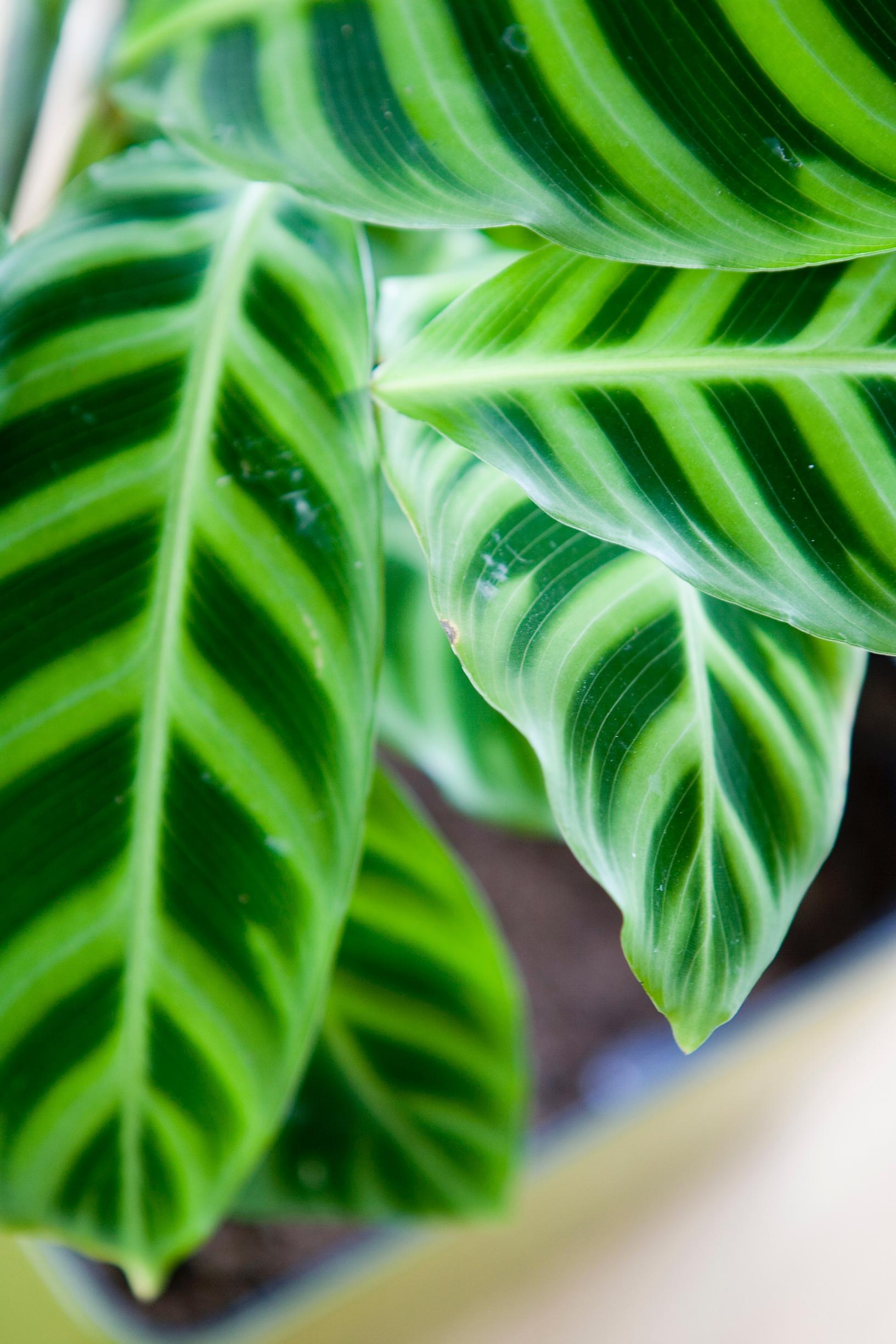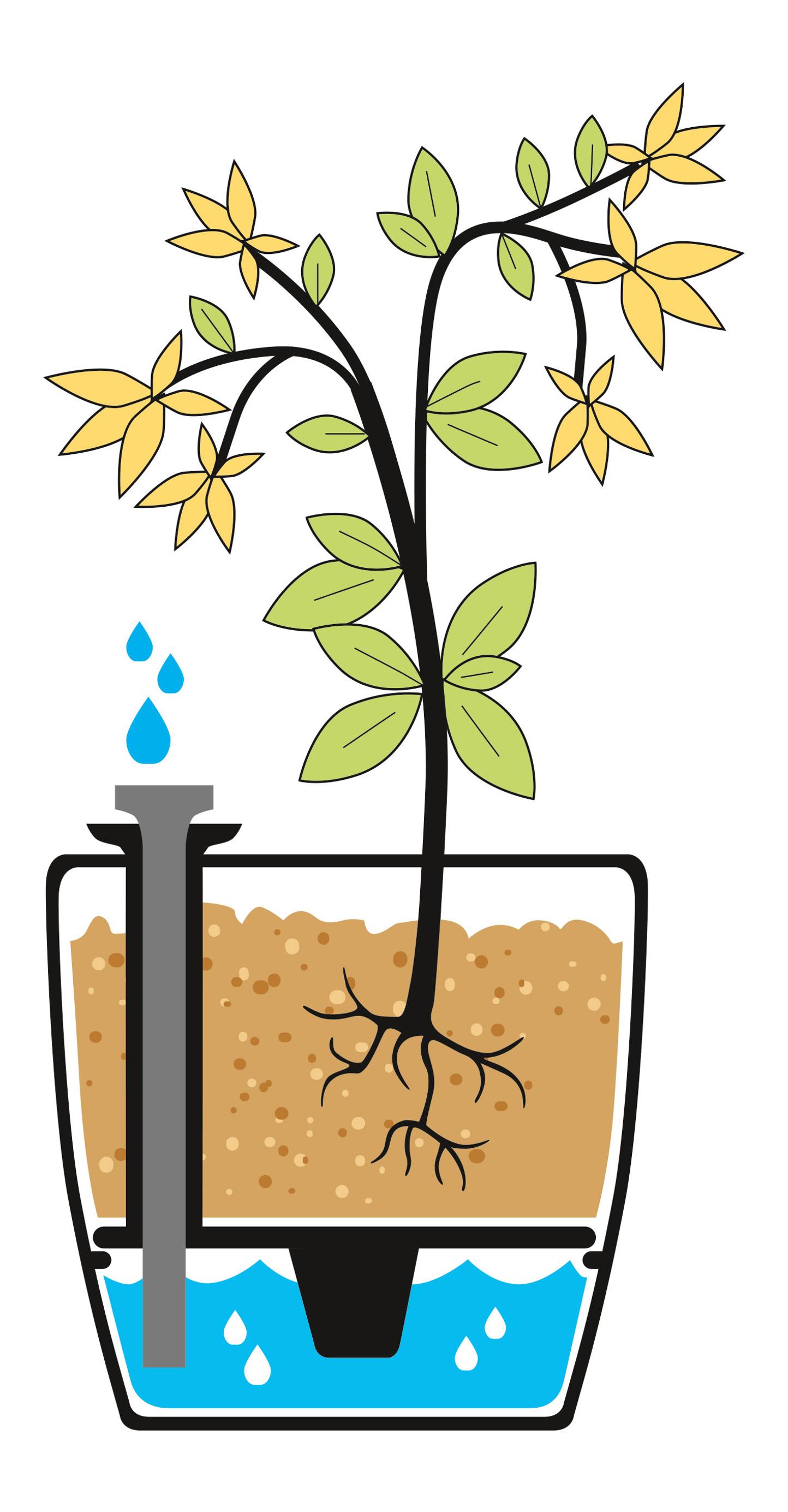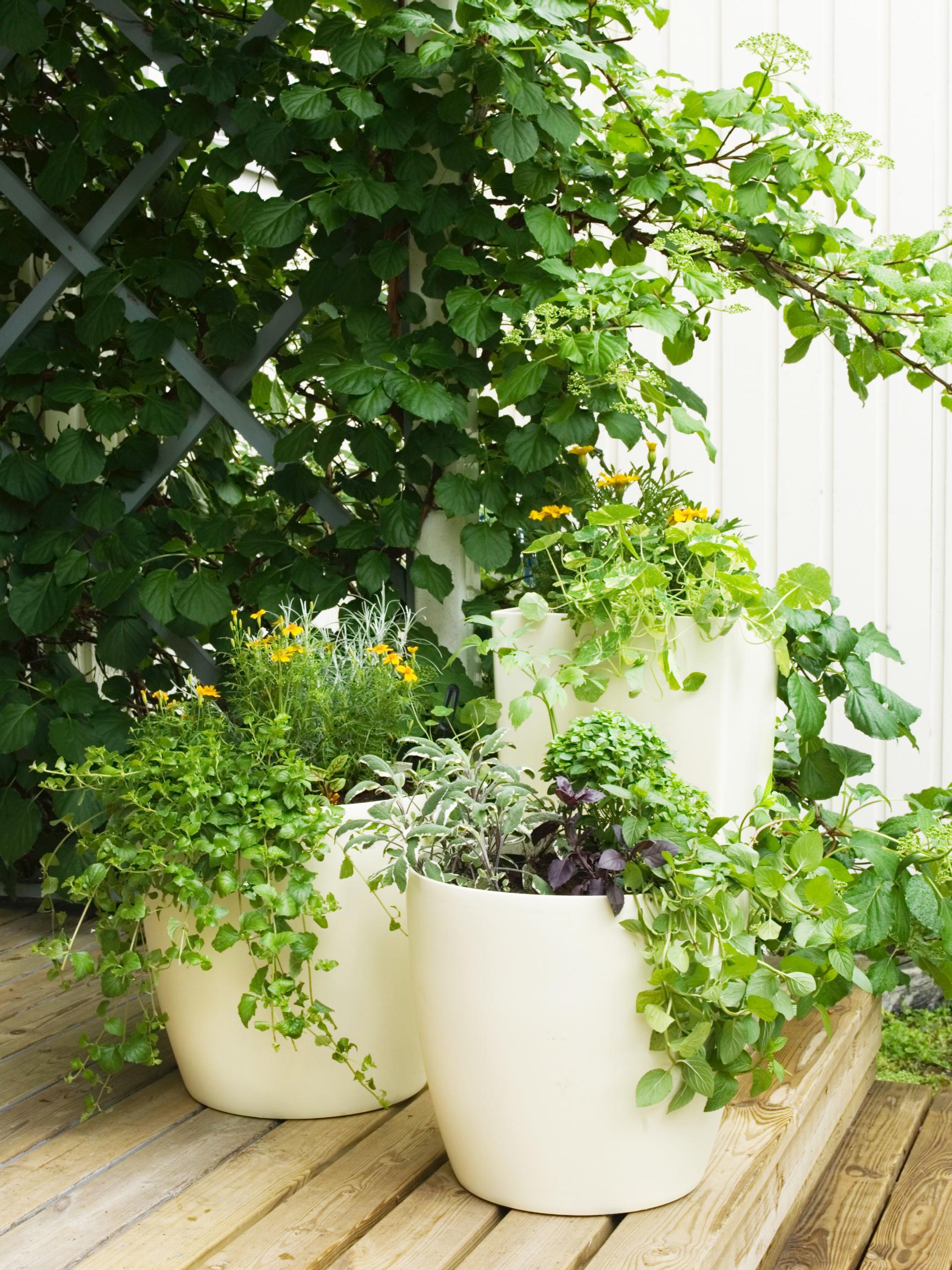
A self-watering planter is a plant lover’s best friend—here’s how to use it
A self-watering planter helps regulate your plants’ water intake, making it a great help for both overenthusiastic waterers and forgetful green thumbs. Read our article to find out how a self-watering planter works, and check out our tips to get the most out of this clever invention!
A self-watering planter can be lifesaver for discouraged plant enthusiasts who have struggled with their growing attempts. Most often, the main issue is improper watering.
Overwatering often causes plants to wilt. Eventually the stems may separate from the soil because they’ve rotted from excess moisture. The soil can start to smell unpleasant if it’s too wet. Meanwhile, insufficient or irregular watering is first noticeable in houseplants with large leaves. Even cacti and succulents suffer if they don’t get enough water.
A self-watering planter regulates how much water a plant gets at a time. It also helps keep moisture levels steady for plants that need regular watering.

How does a self-watering planter work?
A self-watering planter has four parts: the container, a watering tube, a partition with a soil compartment, and a measuring stick. The bottom of the container acts as a water reservoir, and the partition keeps the soil separate from the reservoir. Only the soil compartment in the partition reaches into the water reservoir.
The soil in the compartment draws water upward by capillary action to the plant’s root zone. The plant absorbs water gradually, taking only what it needs.
The measuring stick is inside the watering tube and reaches the bottom of the reservoir. Often, the tip of the measuring stick has a finely grooved scale so you can easily see how much water remains.

How does a self-watering planter help with plant care?
If you tend to overwater
A self-watering planter helps an eager waterer find a good watering schedule. Fill the reservoir according to the measuring stick to see how much water it can hold. If you think it’s time to water, check the measuring stick first. If it still shows moisture, there’s no need to refill yet. If it’s dry, wait a couple of days before filling it completely again.
If you tend to water too little or irregularly
A self-watering planter is ideal for maintaining more even moisture. Fill the reservoir following the measuring stick’s scale, then you can safely forget about the plant for a while. If you can’t remember when you last watered, just check if the measuring stick still shows moisture. Refill once it’s dry.
Planting in a self-watering planter
- Water the plant a few days before repotting. When the root ball isn’t completely dry, it separates from the pot more easily, and you’ll avoid harming delicate root hairs.
- Remove the plant from its pot. If the plant has been in the same soil for years, gently loosen any compacted soil on the surface and around the roots. Take care not to tear the roots.
- Add soil suited for self-watering to the planter’s soil compartment and lightly press it down. Add enough soil so the plant is at the right height relative to the pot’s edge.
- Press the soil down gently around the plant so it settles in place.
- For the first few weeks, water from above so the plant can root into the new soil.
- After a couple of weeks, start bottom watering by filling the planter’s reservoir. Check the measuring stick to see how much water to add.
- Observe how quickly the reservoir empties at first. During the growing season (March–September), a plant needs more water than in its dormant period (September–February). Once you know its watering rhythm, you can water it correctly.
- If you forget when you last filled the reservoir, check the measuring stick to see if there’s still water at the bottom. After the water runs out, leave the reservoir empty for a couple of days before filling it again. This way, the soil won’t stay wet all the time or become overly compacted.
Tip!
When planting in a self-watering planter, always use soil specifically designed for self-watering containers or a long-lasting soil mix. Its structure promotes good aeration and moisture retention.

Which plants are best for a self-watering planter?
Self-watering planters come in many varieties, and you can find models suitable for houseplants, herbs, and balcony plants.
They’re especially handy for large houseplants that would be very heavy in a traditional clay pot. Bigger self-watering planters often have a roomy reservoir that provides a steady water supply to sizable houseplants. Some larger models even come with wheels, making them easier to move.
Plants that need consistent moisture benefit from a self-watering planter. These include Delta maidenhair fern, Calathea zebrina, parlor palm, areca palm, dumbcane, monstera, button fern, lady palm, and piggyback plant.
Did you know?
A self-watering planter is a lifesaver when you’re traveling. Your plants can draw water from the reservoir, so you won’t need anyone to water them while you’re away.


